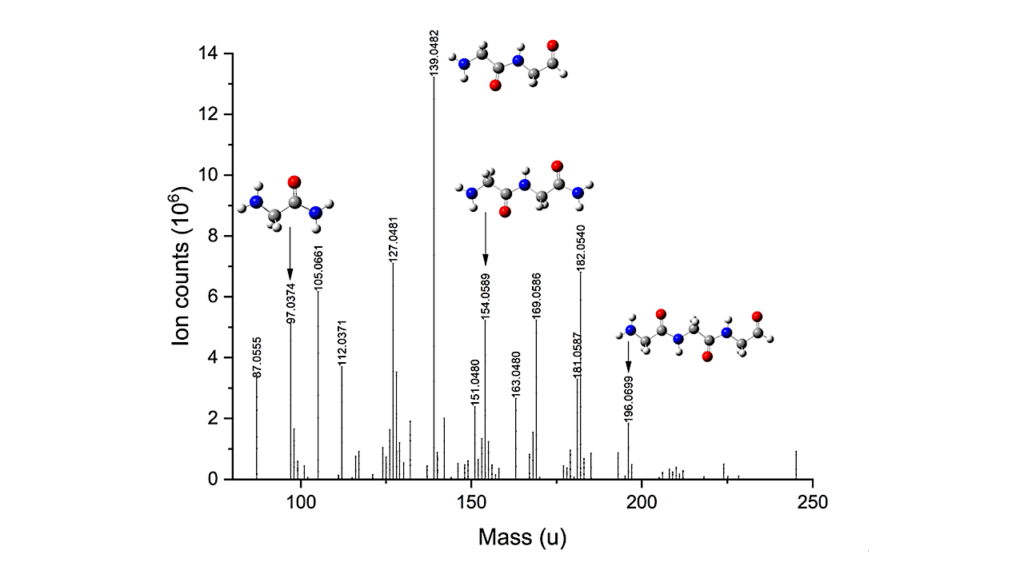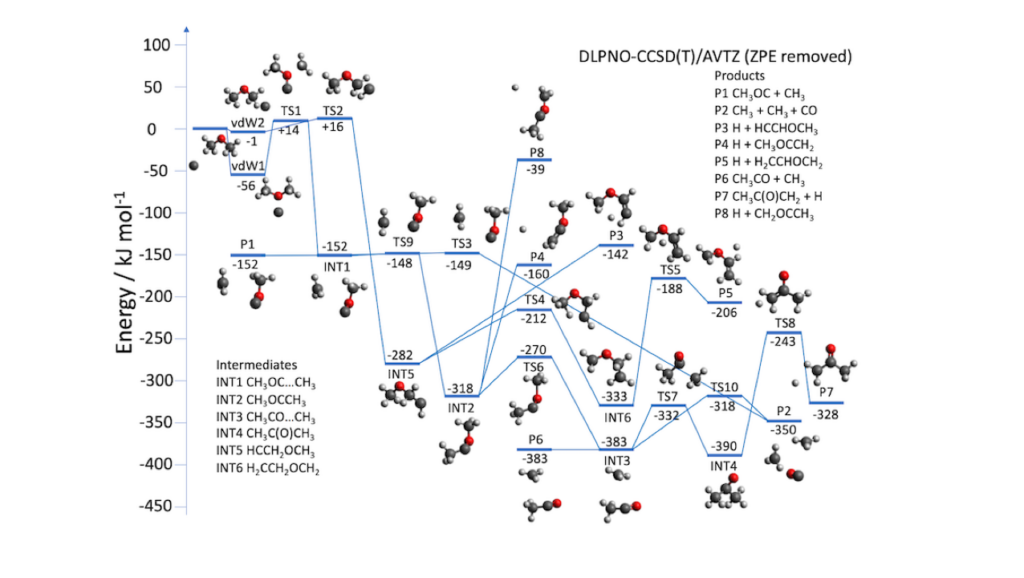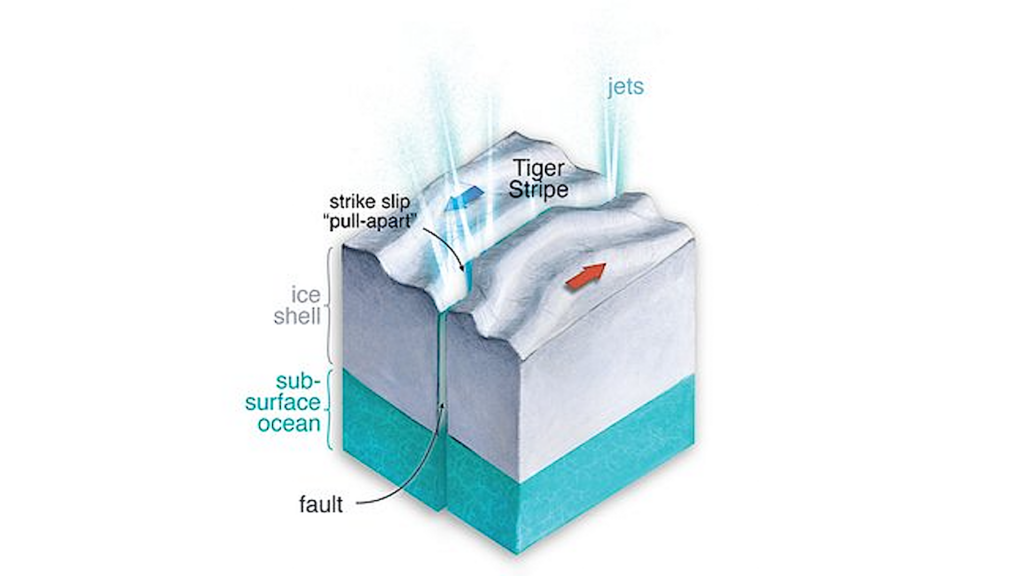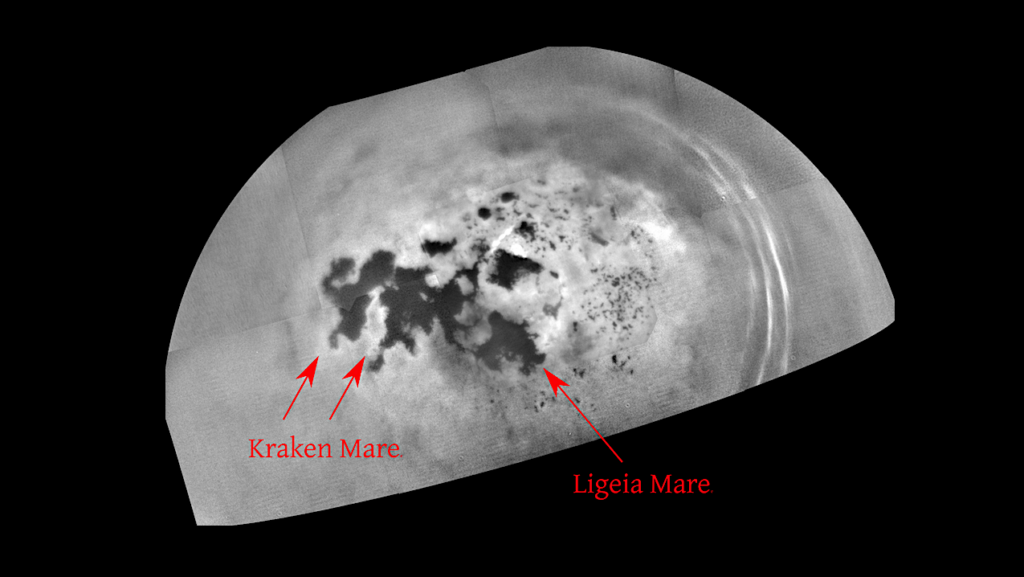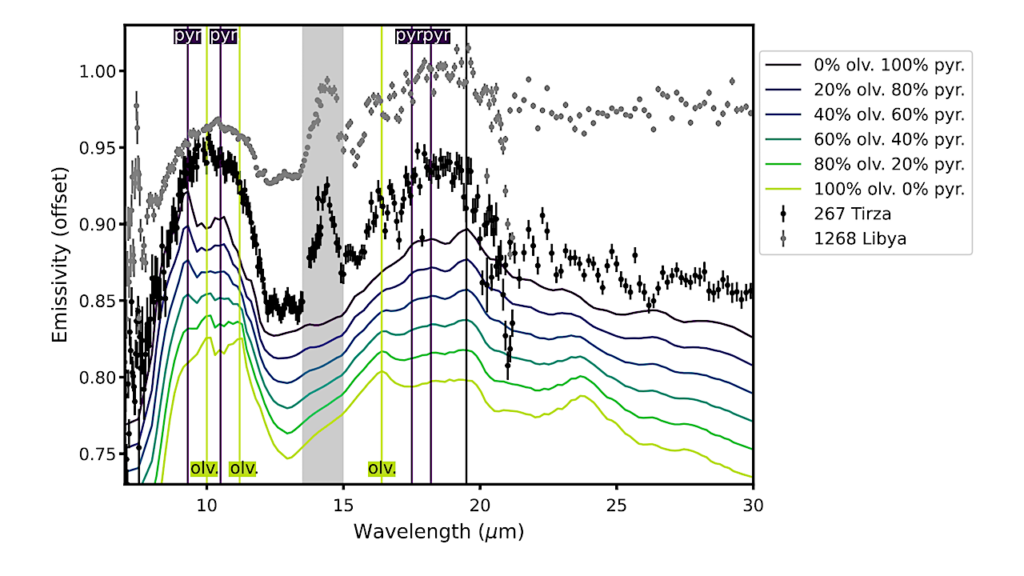Webb Telescope Probably Didn’t Find Life On An Exoplanet – Yet
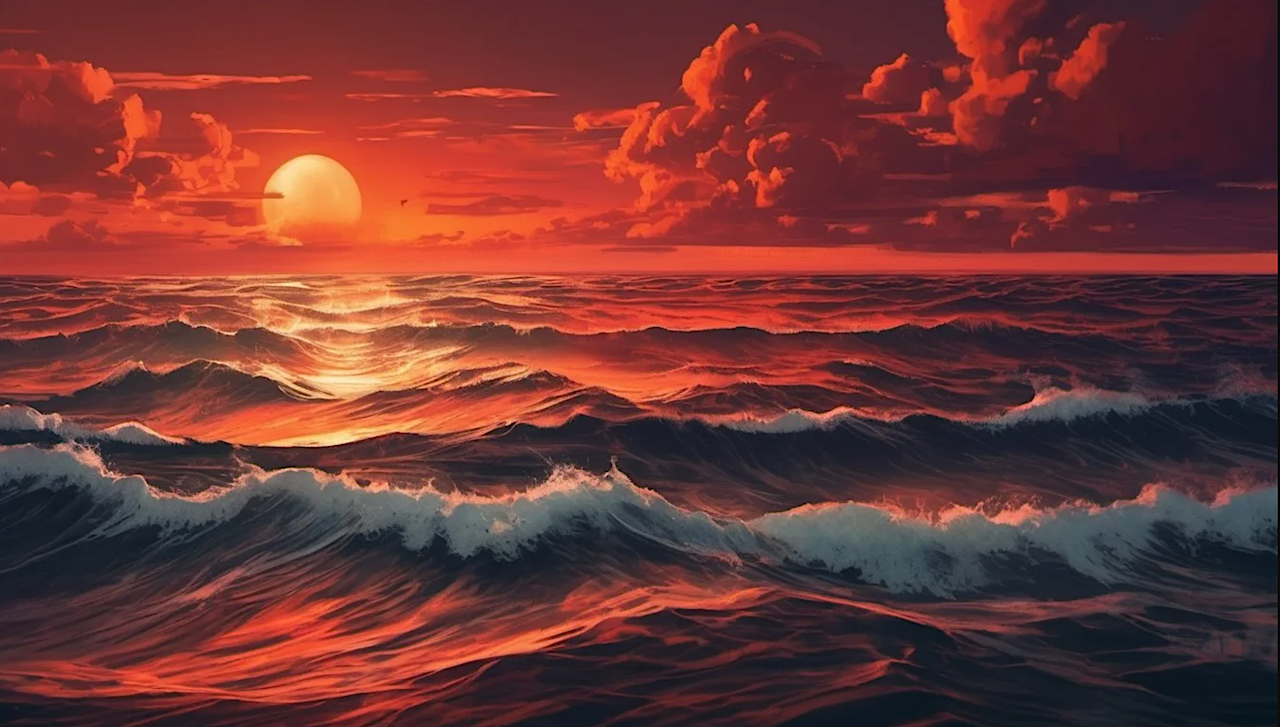
Recent reports of NASA’s James Webb Space Telescope finding signs of life on a distant planet understandably sparked excitement. A new study challenges this finding, but also outlines how the telescope might verify the presence of the life-produced gas.
The UC Riverside study, published in the Astrophysical Journal Letters, may be a disappointment to extraterrestrial enthusiasts but does not rule out the near-future possibility of discovery.
In 2023 there were tantalizing reports of a biosignature gas in the atmosphere of planet K2-18b, which seemed to have several conditions that would make life possible.
Many exoplanets, meaning planets orbiting other stars, are not easily comparable to Earth. Their temperatures, atmospheres, and climates make it hard to imagine Earth-type life on them.
However, K2-18b is a bit different. “This planet gets almost the same amount of solar radiation as Earth. And if atmosphere is removed as a factor, K2-18b has a temperature close to Earth’s, which is also an ideal situation in which to find life,” said UCR project scientist and paper author Shang-Min Tsai.
K2-18b’s atmosphere is mainly hydrogen, unlike our nitrogen-based atmosphere. But there was speculation that K2-18b has water oceans, like Earth. That makes K2-18b a potentially “Hycean” world, which means a combination of a hydrogen atmosphere and water oceans.
Last year, a Cambridge team revealed methane and carbon dioxide in the atmosphere of K2-18b using JWST – other elements that could point to signs of life.
“What was icing on the cake, in terms of the search for life, is that last year these researchers reported a tentative detection of dimethyl sulfide, or DMS, in the atmosphere of that planet, which is produced by ocean phytoplankton on Earth,” Tsai said. DMS is the main source of airborne sulfur on our planet and may play a role in cloud formation.
Because the telescope data were inconclusive, the UCR researchers wanted to understand whether enough DMS could accumulate to detectable levels on K2-18b, which is about 120 light years away from Earth. As with any planet that far away, obtaining physical samples of atmospheric chemicals is impossible.
“The DMS signal from the Webb telescope was not very strong and only showed up in certain ways when analyzing the data,” Tsai said. “We wanted to know if we could be sure of what seemed like a hint about DMS.”
Based on computer models that account for the physics and chemistry of DMS, as well as the hydrogen-based atmosphere, the researchers found that it is unlikely the data show the presence of DMS. “The signal strongly overlaps with methane, and we think that picking out DMS from methane is beyond this instrument’s capability,” Tsai said.
However, the researchers believe it is possible for DMS to accumulate to detectable levels. For that to happen, plankton or some other life form would have to produce 20 times more DMS than is present on Earth.
Detecting life on exoplanets is a daunting task, given their distance from Earth. To find DMS, the Webb telescope would need to use an instrument better able to detect infrared wavelengths in the atmosphere than the one used last year. Fortunately, the telescope will use such an instrument later this year, revealing definitively whether DMS exists on K2-18b.
“The best biosignatures on an exoplanet may differ significantly from those we find most abundant on Earth today. On a planet with a hydrogen-rich atmosphere, we may be more likely to find DMS made by life instead of oxygen made by plants and bacteria as on Earth,” said UCR astrobiologist Eddie Schwieterman, a senior author of the study.
Given the complexities of searching far-flung planets for signs of life, some wonder about the researchers continued motivations.
“Why do we keep exploring the cosmos for signs of life? Imagine you’re camping in Joshua Tree at night, and you hear something. Your instinct is to shine a light to see what’s out there. That’s what we’re doing too, in a way,” Tsai said.
Biogenic Sulfur Gases as Biosignatures on Temperate Sub-Neptune Waterworlds, The Astrophysical Journal Letters (open access)
Astrobiology


